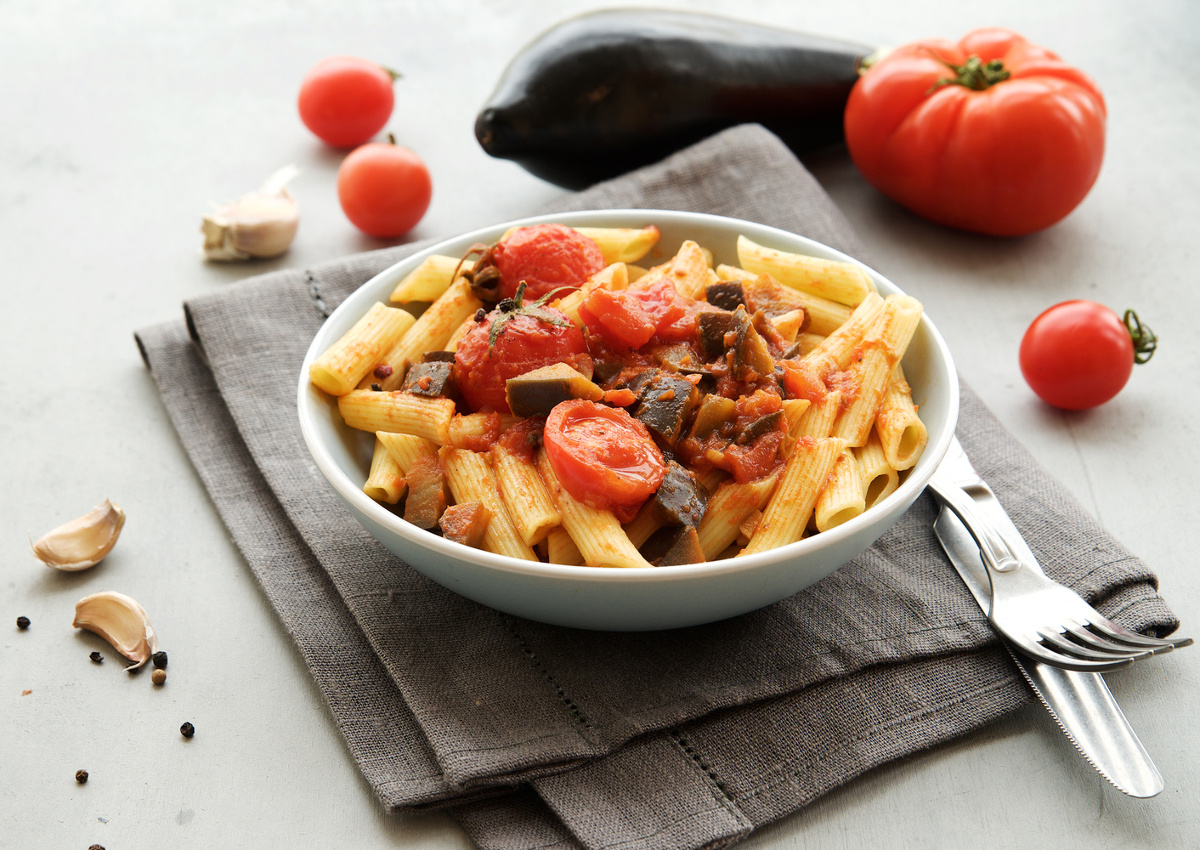
Made in Italy is not just a geographical indication. According to latest KPMG research, it has the same value of a brand and if it were really a brand it would be the third best known in the world after Coca-Cola and Visa. For 82% of foreigners interviewed, it communicates the values of beauty, luxury (72%), passion (58%), and creativity (53%). That is why protection and controls are needed. International laws establish that it is possible to use the Made in Italy brand if a product has been entirely made in Italy or if it has undergone its last substantial transformation in Italy. In the case of pasta, this is true since all its processing stages take place in Italy. But Italian pasta and bakery producers’ association Aidepi complains about the unfair competition of foreign producers. They are accused of putting on the market counterfeit products that imitate Made in Italy using geographical names, images, color references and brands that evoke Italy even if they have nothing to do with authentic Italian products. For decades, Italian pasta producers have been demanding that authorities take legal action against the perpetrators of this fraud, but the battle is not over.
The ‘meaning’ of Italian pasta
What distinguishes Italian pasta from the one produced in another country? The law says it goes beyond the mere origin of the raw materials. Also history says so. Italy in fact is not a major producer of raw materials, but Italian manufacturers are the ones in the world who can make the most of them. Italian pasta has always been produced using the best hard grains in the world. For 200 years Italian pasta makers have been looking for, choosing and mixing the best grains, combining the different varieties as a painter mixes colours or as a musician chooses the notes: to ensure the quality and wholesomeness of Italian pasta.
Fake news about raw materials
Fake news – says Aidepi – has been written about the foreign contaminated durum wheat that would end up in Italian pasta. The thesis of his unhealthiness has never been proven and, on the contrary, it has been denied by hundreds of thousands of analyses that pasta makers, mills, and Italian and European control bodies carry out every day on pasta and raw materials. Yet this debate has been weakening the global competitiveness of the sector for about 2 years. In Italy nobody would dream of eating a pasta not produced by Italian pasta makers, but abroad this is not the case. This is well known by our competitors, who are using the scaremongering about the safety of our pasta to convince buyers and consumers in other markets to prefer non-Italian pasta.
Aggressive competition from Turkey and Egypt
The popularity of pasta has grown together with an increasingly fierce international competition. In the last 20 years, global pasta production has increased by almost 57%, from 9.1 to 14.3 million tons. Up to 48 countries (+77%) produce acceptable quantities (over 1,000 tons) and 52 countries consume at least 1 kg per capita per year. In particular, countries such as Turkey and Egypt, although with a lower quality product, are eroding market shares of Italian pasta also thanks to support from their governments and lower prices that, in many markets, can still make the difference. In Italy, on the other hand, support for the pasta sector has been weak – says Aidepi. This contributed significantly to digging a furrow, in terms of competitiveness, growth, and support for exports between the Italian pasta industry and the EU and non-EU one.
